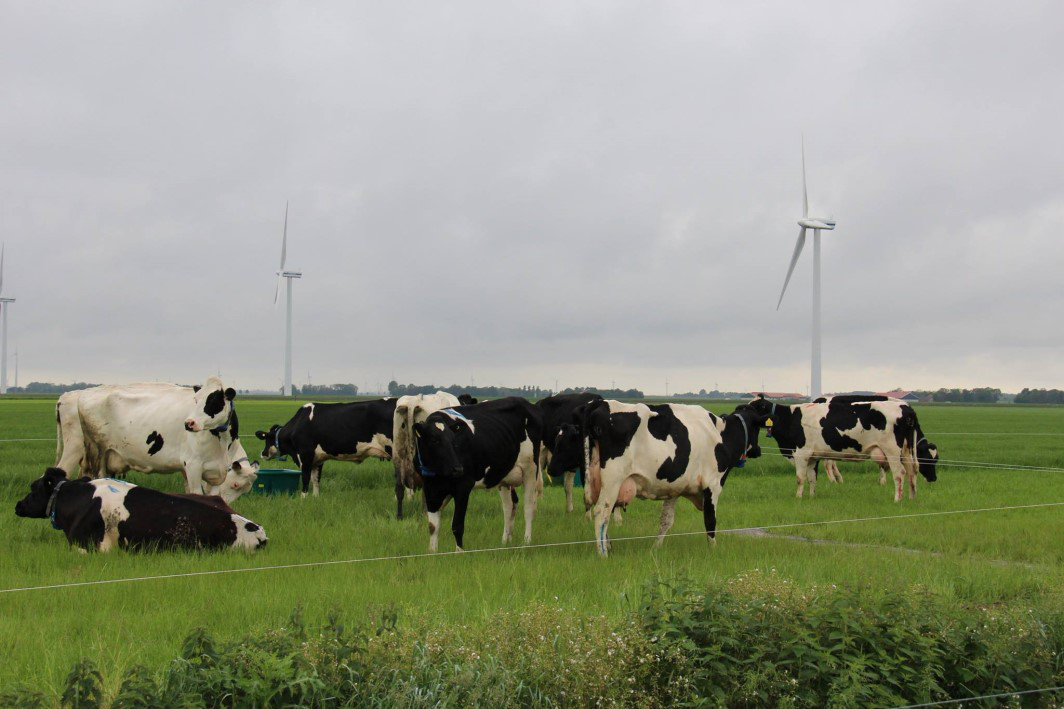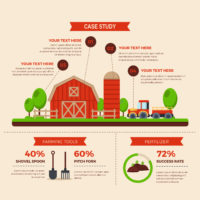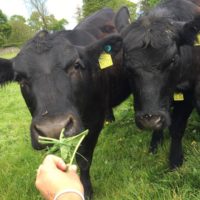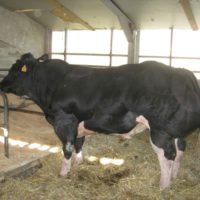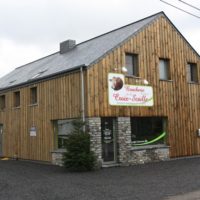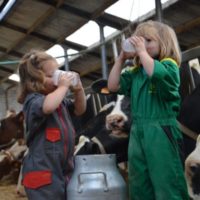Irish grazing system on education farm
Description
The educational farm from Aeres Hogeschool in the city of Dronten in the Netherlands is a biological farm with a grazing system based on the Irish system: more milk from fresh grass with maximum grazing.
Maximum grazing and more milk from fresh grass is realized trough an intensive grazing management, strip stocking, and a spring calving herd.
Reason for the innovation
The strategy of the farmer is based on more milk from fresh grass with grazing.
- Achievements: more milk from fresh grass
- Failures: intensive grassland planning
- Results: efficient and intensive grazing system, spring calving herd and less costs
Farm description
Environment
- Soil: Clay
- Climate: Temperate oceanic
- Altitude: ±sea level
- Slope: flat
Grassland management
- Grazing: Yes
- Grazing management: Strip stocking
- Length of grazing period: 8 months/year
- Main composition grassland: Perennial ryegrass and red and white clovers
Structure
- Annual work units (AWU): 1
- Agricultural Area 37 ha UAA
- Permanent grassland 37 ha
- Production method Biological
- Stock
- 70 dairy cows
- 35 young stock
- Breed Holstein-Friesian
Animal performance
- Milk production: 7800 kg/year
Why it is working
The innovation is successful on this farm because:
- it is an education farm with students. The farm/innovation has multiple purposes: a normal economical farming purpose but also a purpose for learning processes. The combined functions create the opportunity to innovate.
- The curiosity of the farm management and the students to try new methods.
- The availability of (scientific) knowledge.
Additional information
| Farming system | organic farming |
|---|---|
| Domains of innovation | farm system, grazing management system |
| Main types of animal | dairy cattle |
| Country | The Netherlands |
| Product type | Farmer portrait |
| Language | English |
